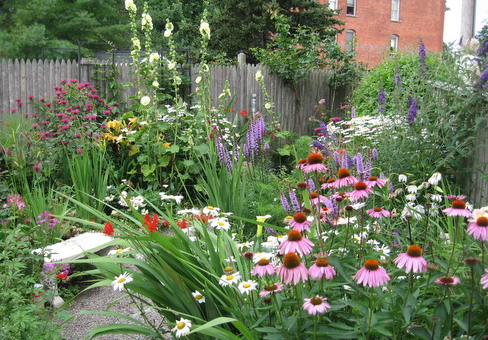Tips/Articles,
Outdoor Water-Smart Practices to Fight Climate Change
Jul 01 2020
About 30% of the average American household’s water consumption is used outdoors. More than half of that is used for watering lawns and gardens, much of which, unfortunately, is wasted due to inefficient watering methods.
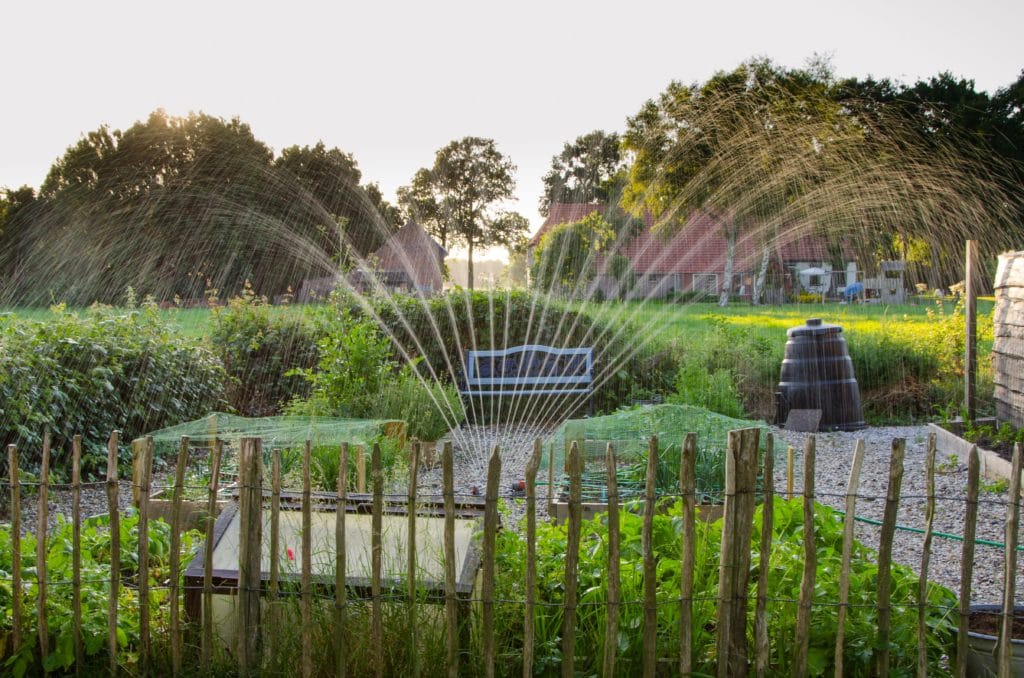
Not only can all that water add up on your summer water bills, it consumes a lot of energy. Energy is needed to clean and pump water to homes and businesses from the water utility. In fact, about 80% of the energy consumed by a drinking water filtration plant is used to power the pumps alone (source). Out here in the western suburbs of Chicago, that water has to be pumped 20+ miles from Lake Michigan through underground pipes to get to your home.
When you conserve water, you’re saving energy and helping to fight climate change. With some simple outdoor water-smart tips, you can save a lot of water and energy.
Water Smart
Make sure you only water your lawn or garden when they need it. Grass and most plants only need about 1″ of water each week. Keep an eye on the weather before setting up your sprinkler. A rain gauge can be helpful to track how much rain has fallen on your lawn – just be sure to empty it each week. Lawns only need to be watered twice a week at most (if at all).
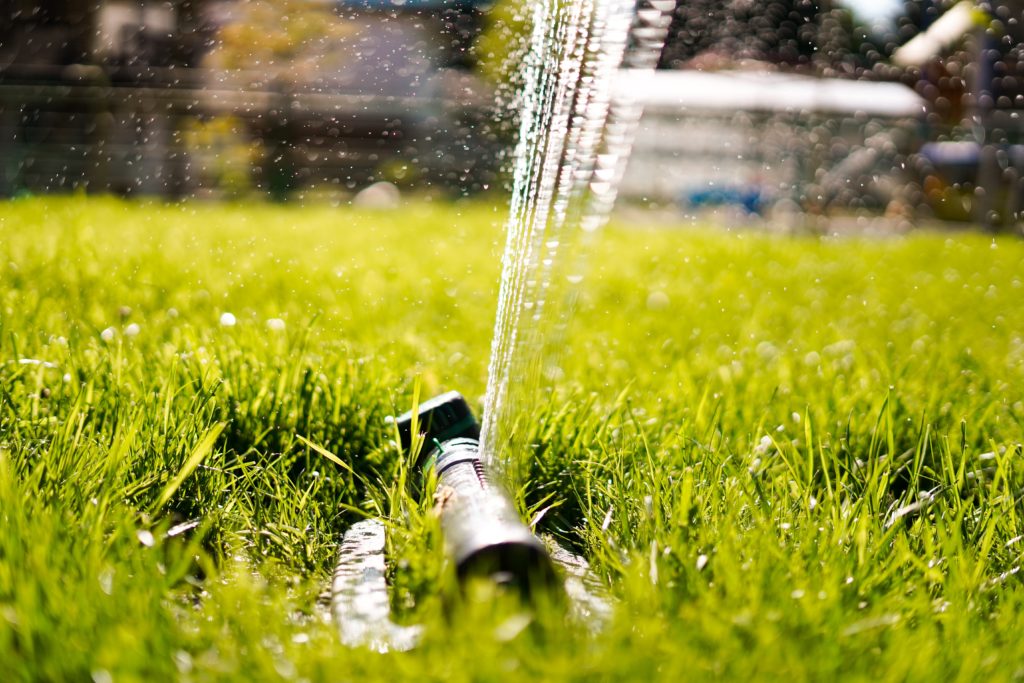
Know how long it takes your sprinkler to provide enough water. Use a rain gauge or an empty tuna can to find out. Simply set up your gauge or can where you are watering and check on it every 15 mins or so. Once it reaches 1″, note how long it took and be sure to set a timer whenever you water your lawn. If you’re looking for more automation, you can get a programmable timer for your hose or sprinkler system. Some can be controlled from your smart phone and even have soil moisture sensors and weather forecast data to ensure they only water when it’s actually needed.
Keep in mind the time of day when you water. It is best to water in the early morning. This ensures that most of your water soaks into the ground rather than evaporating. Another handy reason to invest in a timer – you can water early in the morning without getting out of bed!
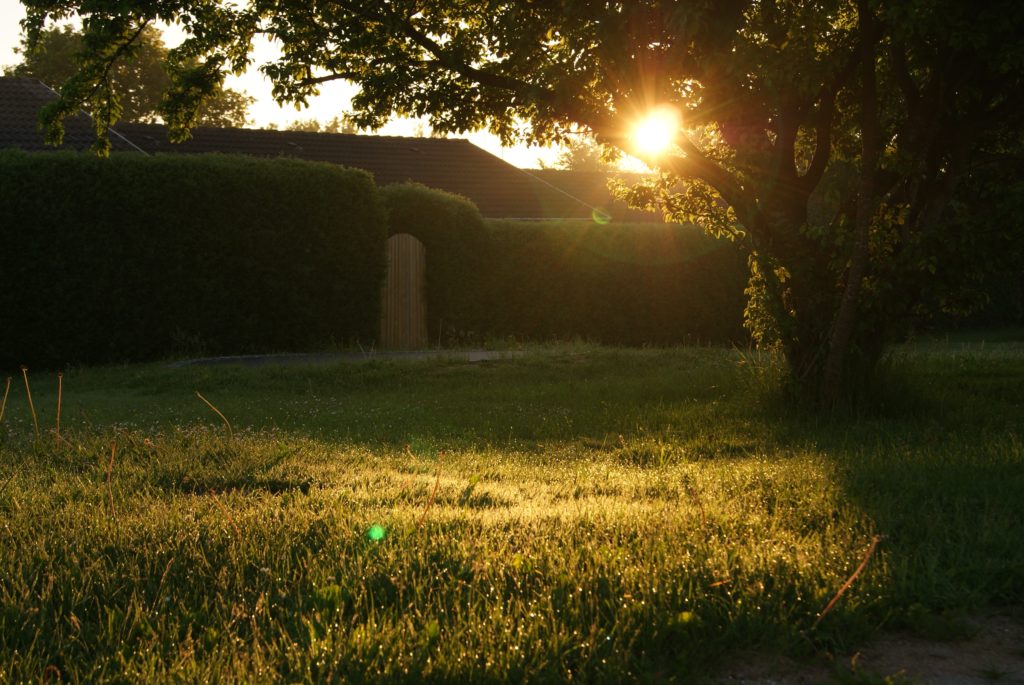
Lastly, only water what grows! Avoid running your sprinkler over driveways and sidewalks. Find more lawn watering tips here.
Install a Rain Barrel
Collect the water that nature brings to you – there’s zero energy used and no bill to pay. Install a rain barrel to capture rain water off your roof during a storm. Then simply hook up a hose to the barrel and use it to water your lawn or garden once it’s time for another soaking.
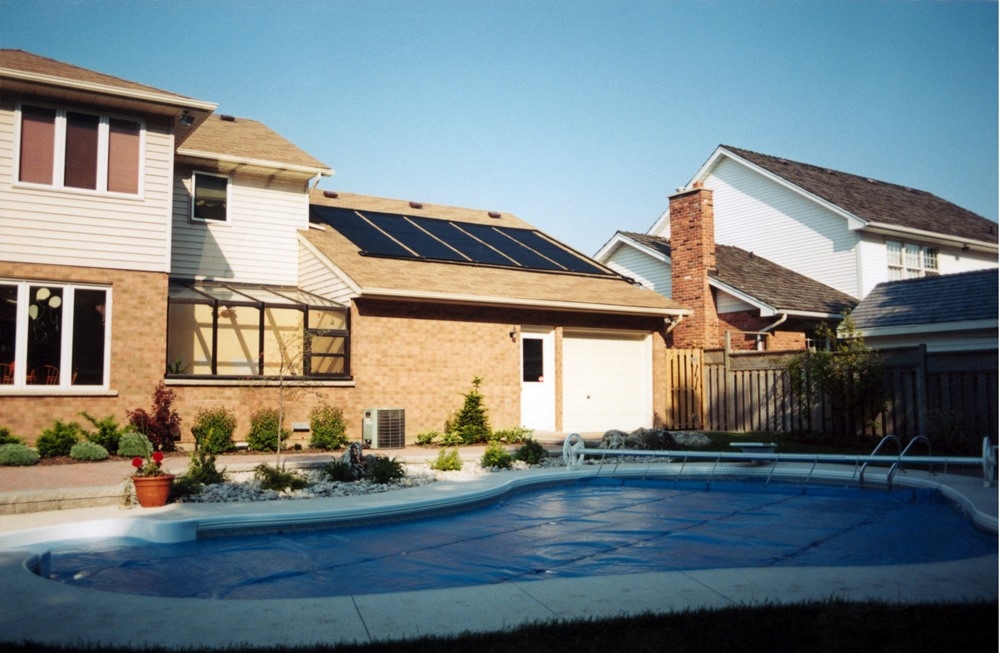
Use a Pool Cover
If you’re one of those lucky folks that can relax poolside in your yard, be sure to invest in a pool cover. When it comes to your pool, using a cover is one of the best things you can do to save water, energy, and money. Not only do covers keep debris out, they reduce evaporation and the need to refill your pool by 30%-50%. Learn more about the benefits of using a pool cover.

Water-Less Car Washing Tips
The most eco-friendly way to wash your car is at a car wash. Many use water very efficiently, often recycling it. Plus, all the runoff is collected and treated rather than being released to storm drains which protects our waterways from pollution. If you’re going to wash your car at home, pull your car onto the grass. Use a mild, biodegradable soap (such as Dr. Bronner’s Sal Suds) and a hose nozzle with a shut off so the water doesn’t run the whole time. Not only will you conserve water and protect waterways but you’ll also water your lawn at the same time!
Compost & Mulch Garden Beds
Help retain water in your garden beds – so you don’t have to water so often – by using food scrap amended compost and mulch. Food scrap amended compost restores organic matter in your soil which holds moisture better. After adding compost to your garden beds, be sure to cover the soil with mulch. Mulch reduces water evaporation from the soil, keeping it moist longer.
Less Lawn, More Native Gardens
Well kept turf grass lawns and ornamental gardens can be quite attractive but require a lot of care – especially when it comes to watering. Consider swapping out more of your lawn for gardens filled with native plants. Once established, native plants don’t need any watering except perhaps during extreme drought conditions. On the other side of the coin, if it rains a lot, the deep roots of native plants help soak up all the excess water and reduce flooding in your yard. You can even find native lawn alternatives that closely mimic a turf lawn without all the maintenance.
